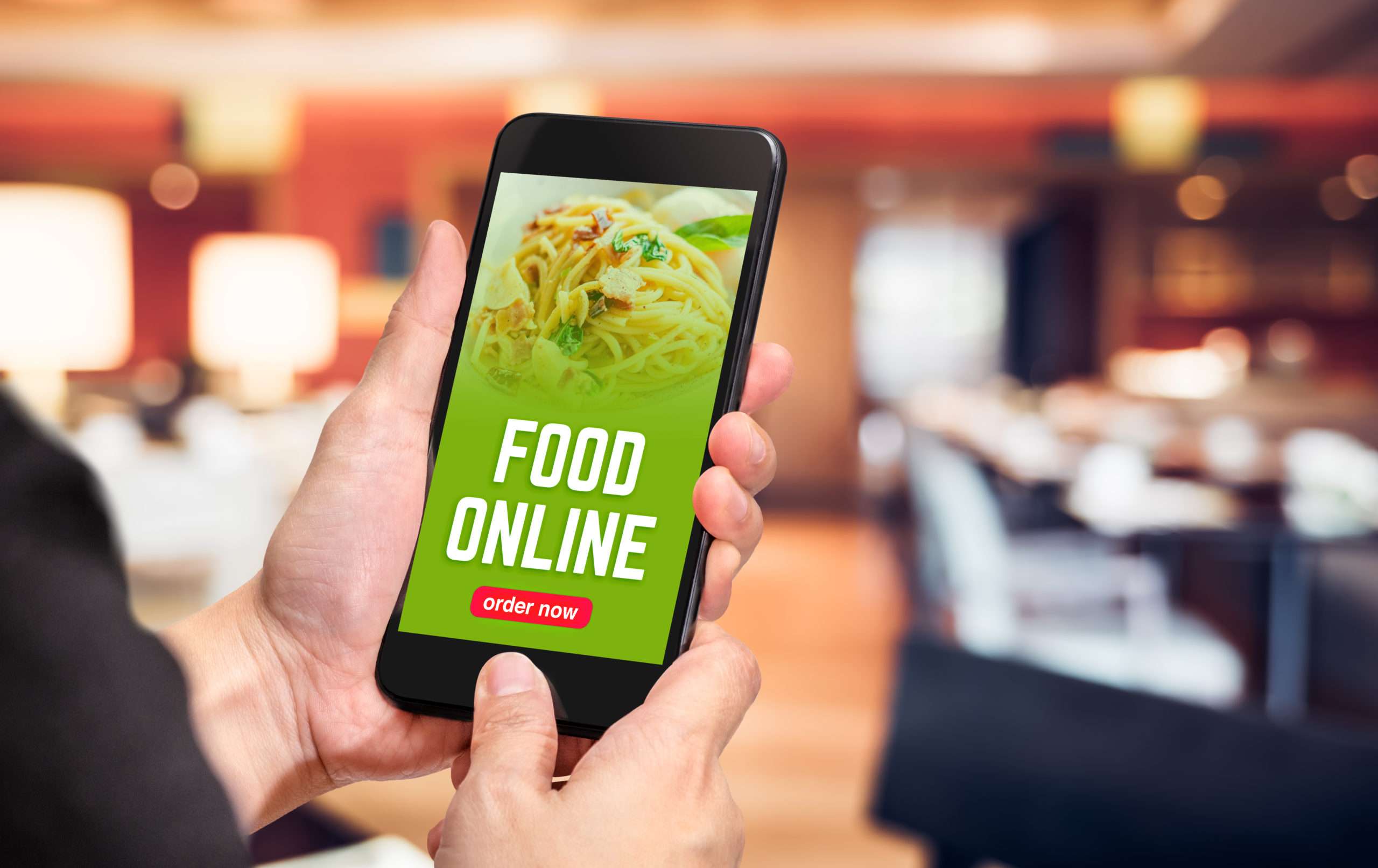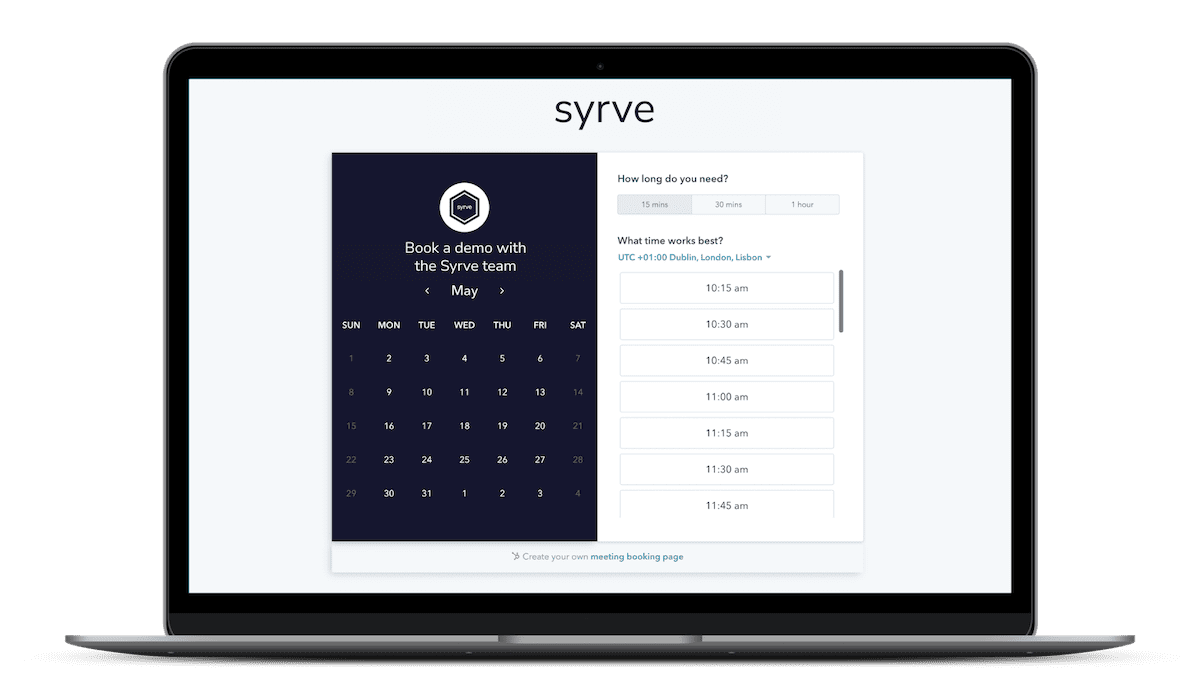Finding ways to keep serving customers amid shifting lockdown rules has left many venues around the world with a messy tech legacy, especially around ordering. The good news is that there’s a way through the muddle.
The past 15 months have been a story of the food and beverage industry heroically handling everything thrown its way.
Chains and independents have learned to adapt like never before — especially in the areas of social distancing, customer ordering, table service and delivered food.
Many changes are here to stay. The global online food delivery services market is predicted to hit $192.16 billion in 2025, propelled by a compound annual growth rate of 11%.
At the same time, lockdown relaxations in some countries have seen huge demand for restaurant tables with popular venues booked up for months. For example, the UK’s easing on rules has led to 14 million pub reservations.
But although a bounce-back is desperately needed by the sector, some restaurants are grappling with a tech headache that’s now interfering with operations. And as businesses ramp up their volumes once more, the strain is beginning to tell.
What’s happening with orders?
Over the past 15 months, most bars and restaurants have had to adjust or widen the way they can receive orders. Typically, these can include:
- Table ordering with waiting staff
- Using apps and kiosks to order inside the venue
- Queuing to place orders at a special counter, often via a one-way system
- Placing takeaway orders from home — for delivery or collection —via the venue’s own phone number, website or app
- Ordering from home using third-party aggregator apps for delivery, etc.
Each time lockdown rules have shifted, establishments have had to capitalise on the window of opportunity — often grasping at whatever tech was closest at hand, simply to get the orders in.
This has left some businesses with an untidy mess behind the scenes. There’s a clutter of manual processes, standalone apps, awkward interfaces and fiddly workarounds. If they had time, many restaurants surely wouldn’t have done it this way.
But problem needs addressing quickly — because it can hold back growth and profitability.
Multiple ordering channels are here to stay
What’s clear is that customer behaviour has changed over lockdown periods — and it’s not going back to what it was. People value choice and convenience. For restaurants and bars, this means adjusting to a world where multiple ordering channels are here to stay.
The best way of handling this is as follows:
- You choose core restaurant tech that allows you to handle any type of order via any channel — in a way that’s automated, seamless and affordable. Multiple channels need to be accommodated and managed in a sustainable way.
- Ensure that your tech allows all orders to blend into a single production pipeline. That way, you can get total transparency and maximise efficiency, from your inventory, to the kitchen, and out to waiting staff or delivery teams. You can take full advantage of automation and a host of labour-saving innovations.
- Use the tech’s reporting tools to really understand each channel better. Find out precisely what each channel adds to the business, how its revenues and costs compare to other channels, and where to find greater efficiencies.
Faster digital transformation
These steps are part of a wider digital transformation that’s possible with Next-Gen restaurant tech. With the right approach, you can rely on a unified system that flexes easily as market opportunities change — while you stay in control.



